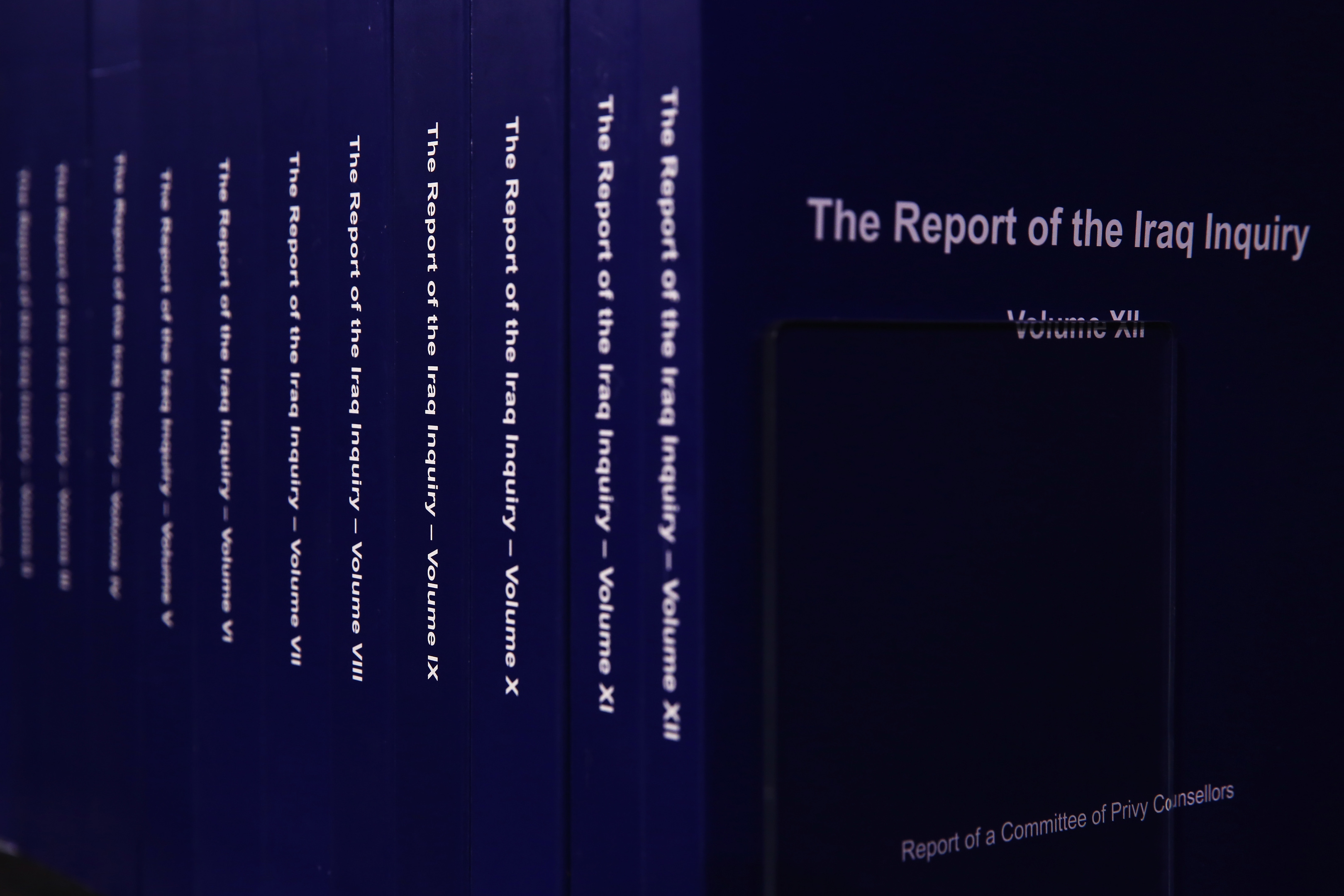Defence chiefs did not know who was in charge of identifying and raising the alarm on gaps in equipment for British soldiers, the Iraq Inquiry has found.
Sir John Chilcot said it was “unacceptable” the Ministry of Defence could not tell him where primary responsibility lay for assessing the need for new or extra military hardware.
There was also a failure to recognise the growing threat from Improvised Explosive Devices (IEDs) amid deadly delays in replacing the Snatch Land Rover – dubbed the “coffin on wheels” – with life-saving armoured vehicles.
Sir John said those delays, as well as the failure to meet helicopter and surveillance gear demands, “should not have been tolerated”.
He said it took four years from identifying the need to find a more suitable protected patrol vehicle to actually ordering it.
At least 37 British soldiers were killed during the conflicts in Iraq and Afghanistan while in Snatch vehicles.
On equipment shortcomings, it was not “sufficiently clear which person or department within the MOD had responsibility for identifying and articulating capability gaps”.
Sir John concluded there were “serious equipment shortfalls” when the conflict began because of the speed of deployment.
MOD chiefs also faced sharp criticism for there being “no clear statement of policy setting out the level of acceptable risk to UK forces and who was responsible for managing that risk” for the first four years of the Iraq campaign.
In one of the deadliest days for Fife in the conflict, Black Watch’s Sgt Stuart Gray, Pte Paul Lowe and Pte Scott McArdle were killed in a suicide bomb attack at a vehicle check‑point in Fallujah.










